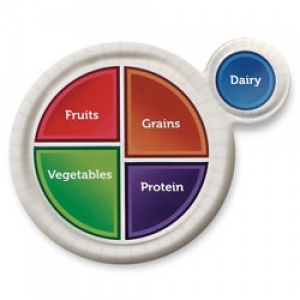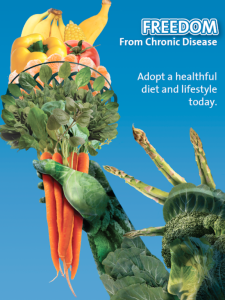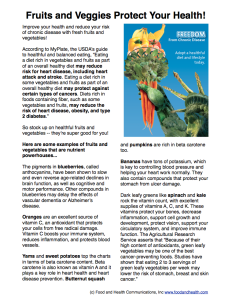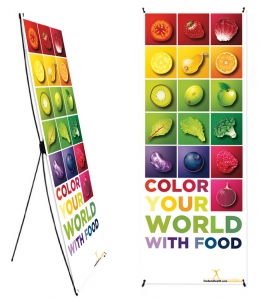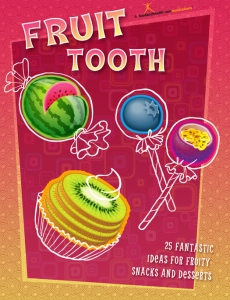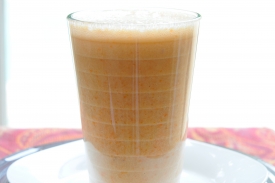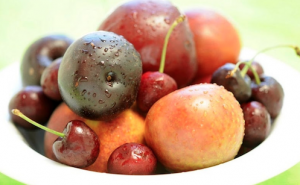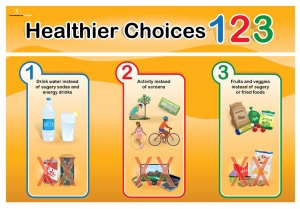Cheryl Sullivan is here with a perfect pumpkin update!
 Did you know that a single 1/2 cup of canned pumpkin provides 4 grams of fiber, no fat or cholesterol, and only 50 calories? Pumpkin also has more beta-carotene per serving than any other common food. Your body converts beta-carotene to vitamin A, and that may protect against heart disease and some cancers.
Did you know that a single 1/2 cup of canned pumpkin provides 4 grams of fiber, no fat or cholesterol, and only 50 calories? Pumpkin also has more beta-carotene per serving than any other common food. Your body converts beta-carotene to vitamin A, and that may protect against heart disease and some cancers.
Let’s Talk About Fresh Pumpkins
Fresh pumpkins are available from late summer to well into the fall. Small sugar (a.k.a pie) pumpkins are the best for eating, though you can eat the large ones, too. Be sure the pumpkins are clean and dry, then store them a cool, dry, and dark place. Pumpkins may last for several months, depending on the storage conditions.
Cooking with Pumpkins
To prepare a pumpkin for cooking, cut off the top. Flip it over and cut a thin slice off of the bottom. That way, the pumpkin will sit flat on your cutting board. Using a large knife, cut slices of the skin off from top to bottom, working your way around the pumpkin, just like you would cut the skin off of an orange. Halve the pumpkin and scoop out the seeds and stringy pulp, then cut the pumpkin into chunks.
To make pumpkin puree, steam those pumpkin chunks until they’re quite tender. Drain them, then puree in a food processor. If you don’t have a food processor, mash them as fine as you can with a potato masher. Press the mixture through a fine sieve or coffee filter and voila! Pumpkin puree is yours.
You can also bake unpeeled, seeded pumpkin halves at 325° until tender. This takes about 1 hour. Scoop the flesh out of the shell and puree it. Since this puree will be drier than the puree in the other method, you won’t need to drain it.
All homemade pumpkin puree may be frozen for up to six months.
You can also make pumpkins into a tasty side dish. Cut a peeled, fresh pumpkin into cubes and toss the cubes with 1 tablespoon oil, 2 tablespoons thawed apple juice concentrate, and a dash of nutmeg. Put the whole shebang into a baking pan coated with cooking spray and roast in a 400° oven for 30 minutes or until tender, stirring once.
Make a delicious and speedy pumpkin soup by heating 1 15-ounce can of pumpkin with 1 can of low-sodium broth, 1/2 cup of water or skim milk, and 1 teaspoon of mild curry powder. Heat the whole thing in a saucepan and serve warm.
You can even use pumpkin puree to make your own quick pumpkin ice cream. Soften 1 pint nonfat vanilla ice cream, then fold in 1/2 cup canned pumpkin, 2 tablespoons sugar (or artificial sweetener), and 1/2 teaspoon pumpkin pie spice. Refreeze, then scoop into 4 dishes to serve.
What About Canned Pumpkin?
Canned pumpkin puree is easy to use and works very well in recipes. Be sure to purchase plain pumpkin and not the pie filling. Pumpkin pie filling is loaded with sugar and other ingredients. Read the label carefully to see which one you are buying.
What are you doing with pumpkins this year?
By Cheryl Sullivan, MA, RD.
Looking for other seasonal resources? Check out the holiday materials in the Nutrition Education Store! My personal favorites include…




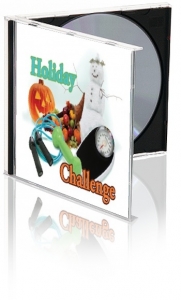

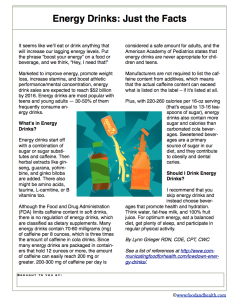

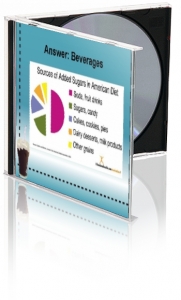

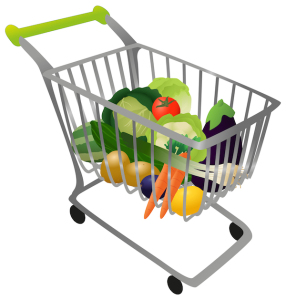


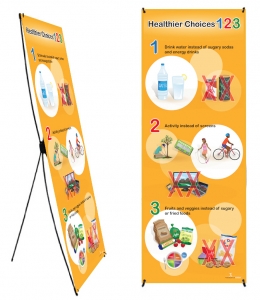
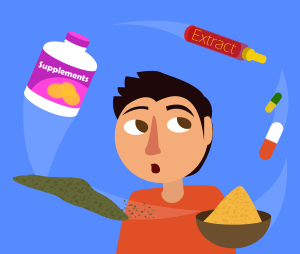
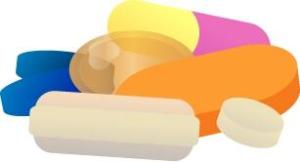
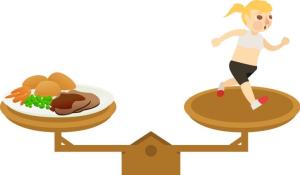
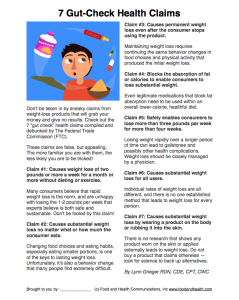
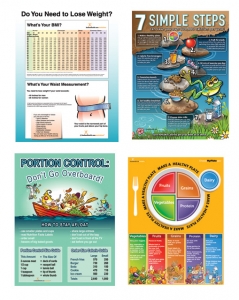

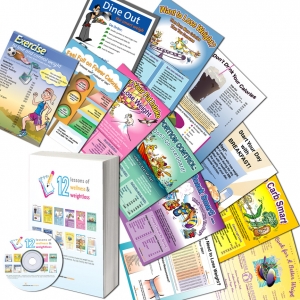

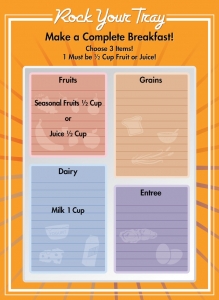

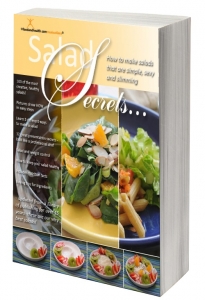
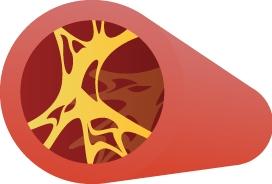
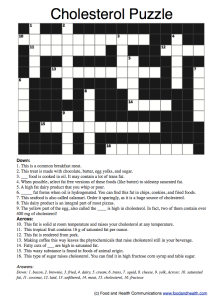
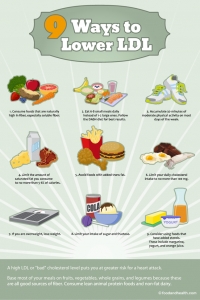
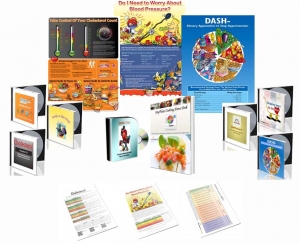


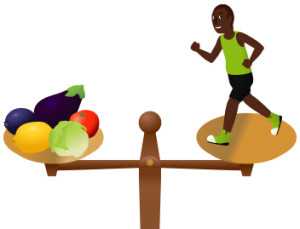
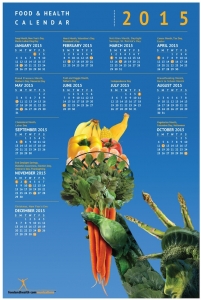

 Meet Study Cal.
Meet Study Cal.